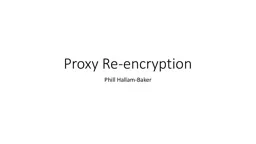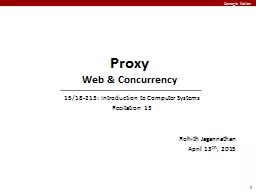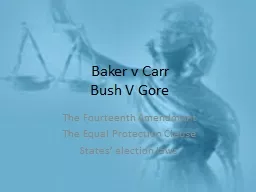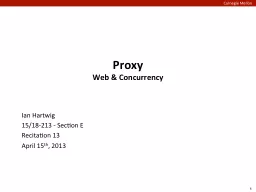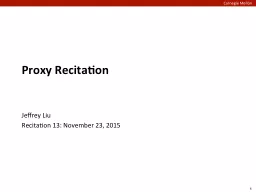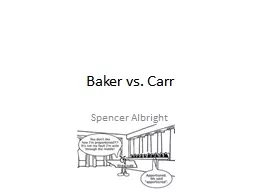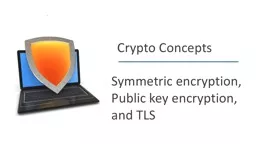PPT-Proxy Re-encryption Phill Hallam-Baker
Author : lindy-dunigan | Published Date : 2018-02-27
What it is Alice sends a encrypted message to X eg a cloud service Public key belongs to X X cannot decrypt the message But X can convert messages Forward message
Presentation Embed Code
Download Presentation
Download Presentation The PPT/PDF document "Proxy Re-encryption Phill Hallam-Baker" is the property of its rightful owner. Permission is granted to download and print the materials on this website for personal, non-commercial use only, and to display it on your personal computer provided you do not modify the materials and that you retain all copyright notices contained in the materials. By downloading content from our website, you accept the terms of this agreement.
Proxy Re-encryption Phill Hallam-Baker: Transcript
Download Rules Of Document
"Proxy Re-encryption Phill Hallam-Baker"The content belongs to its owner. You may download and print it for personal use, without modification, and keep all copyright notices. By downloading, you agree to these terms.
Related Documents

